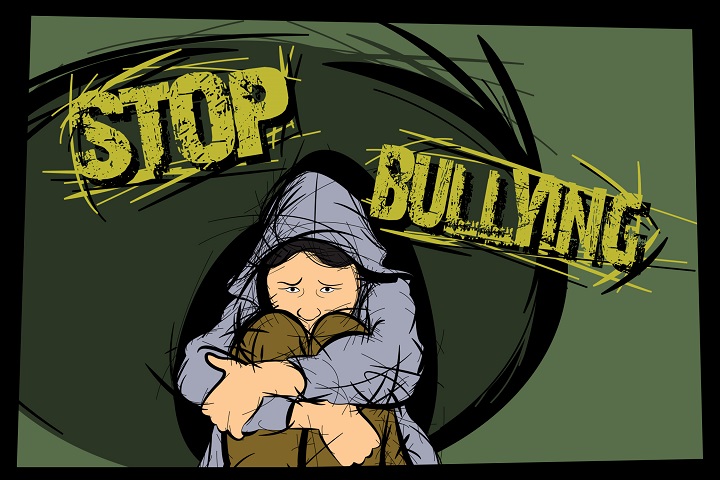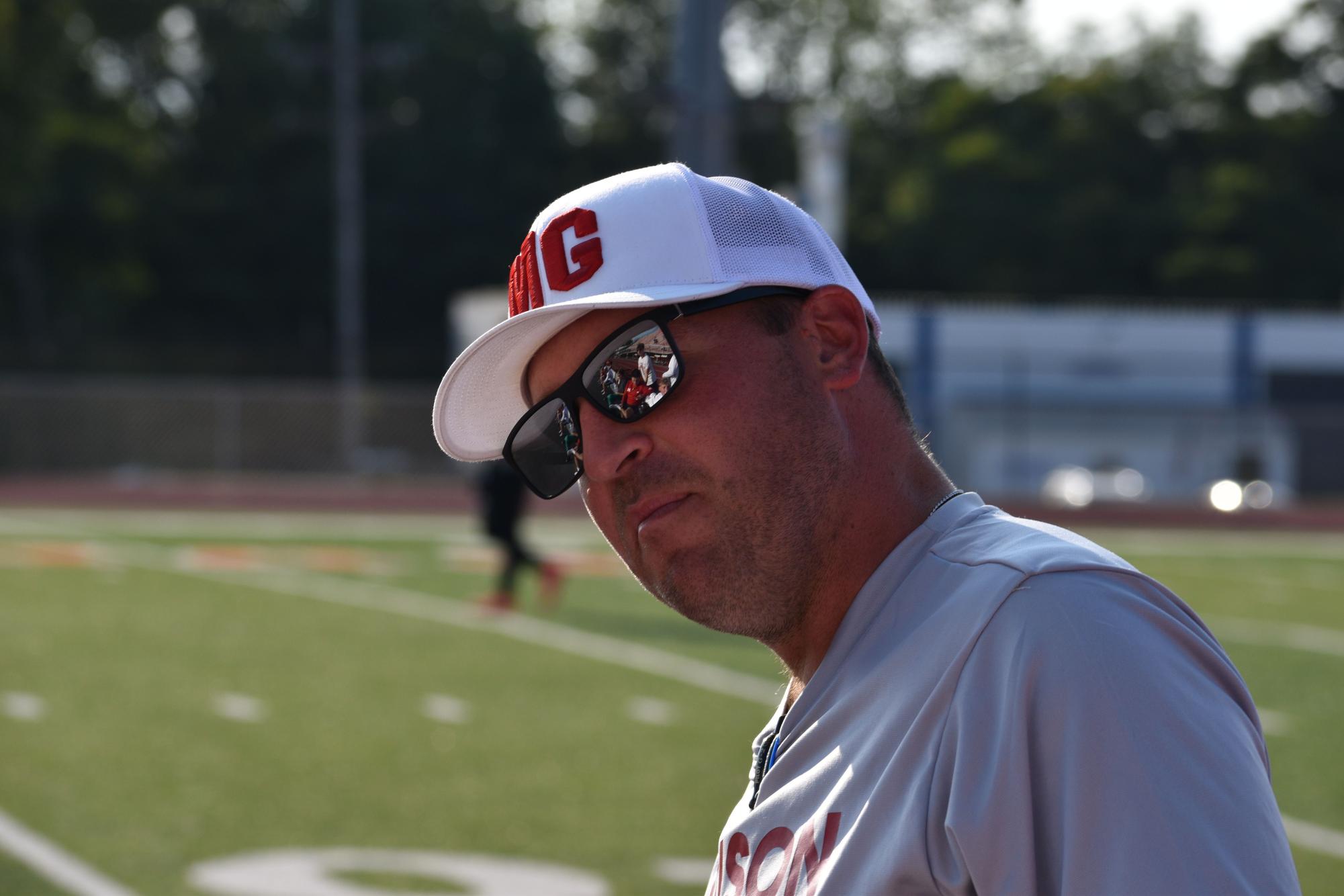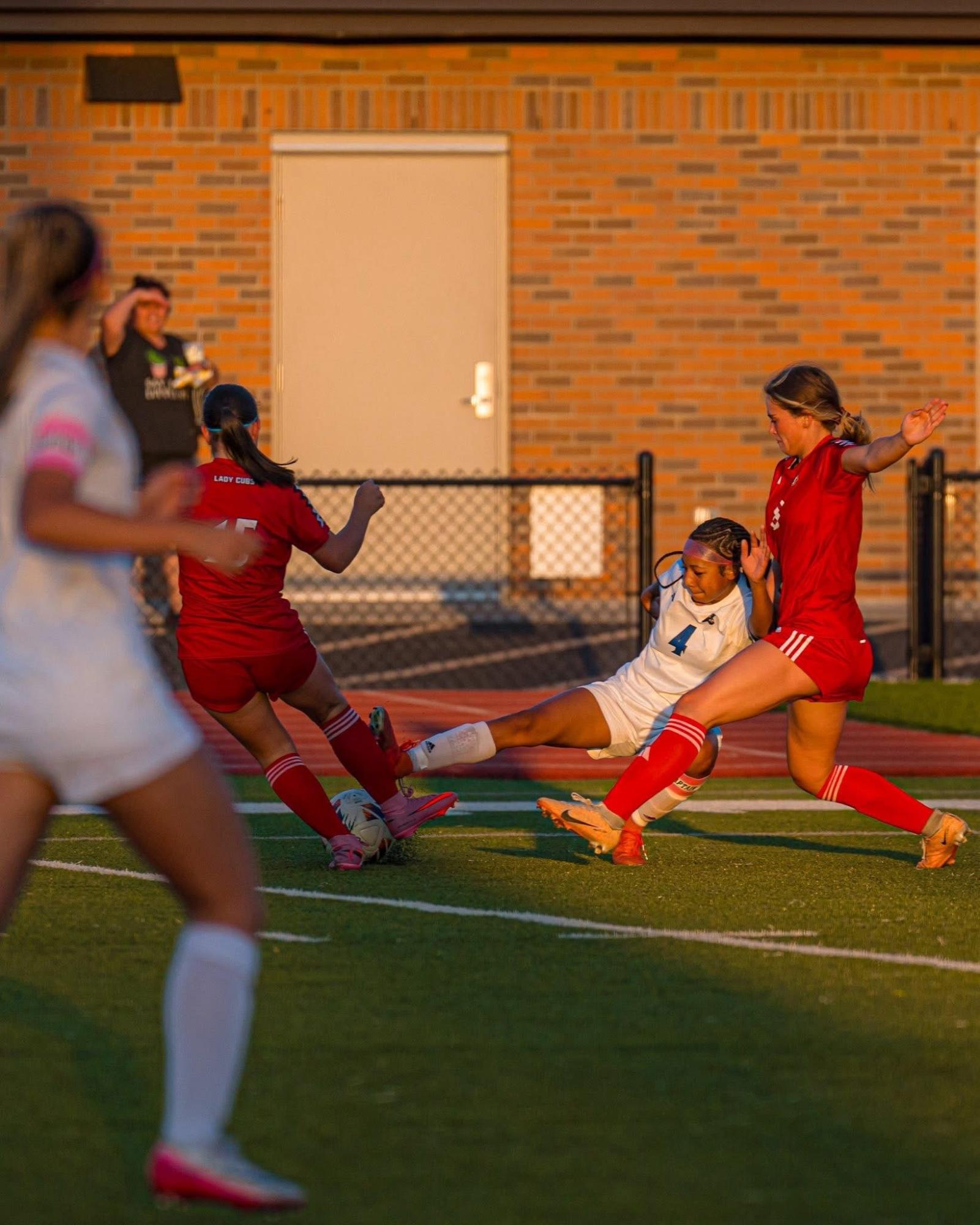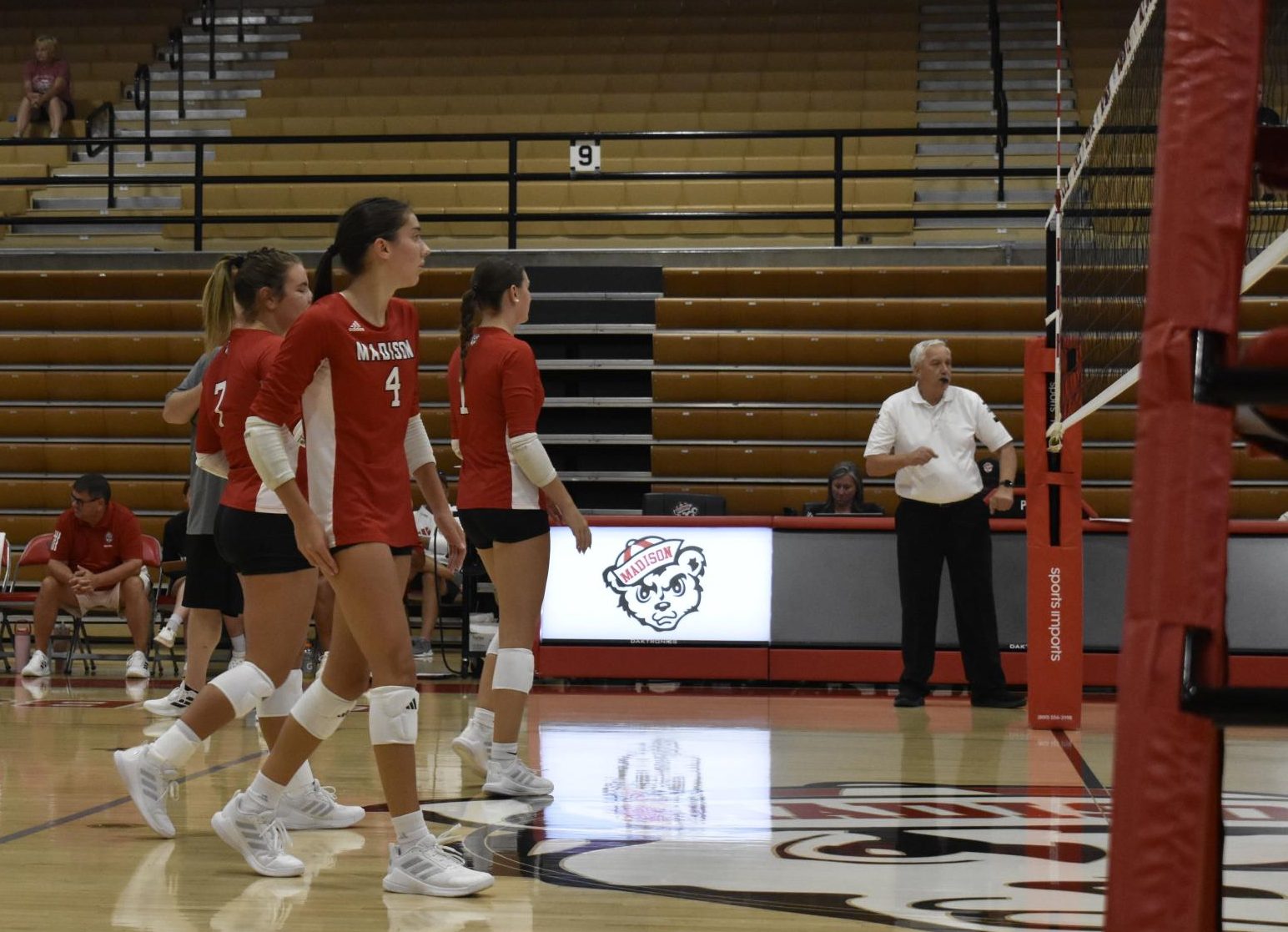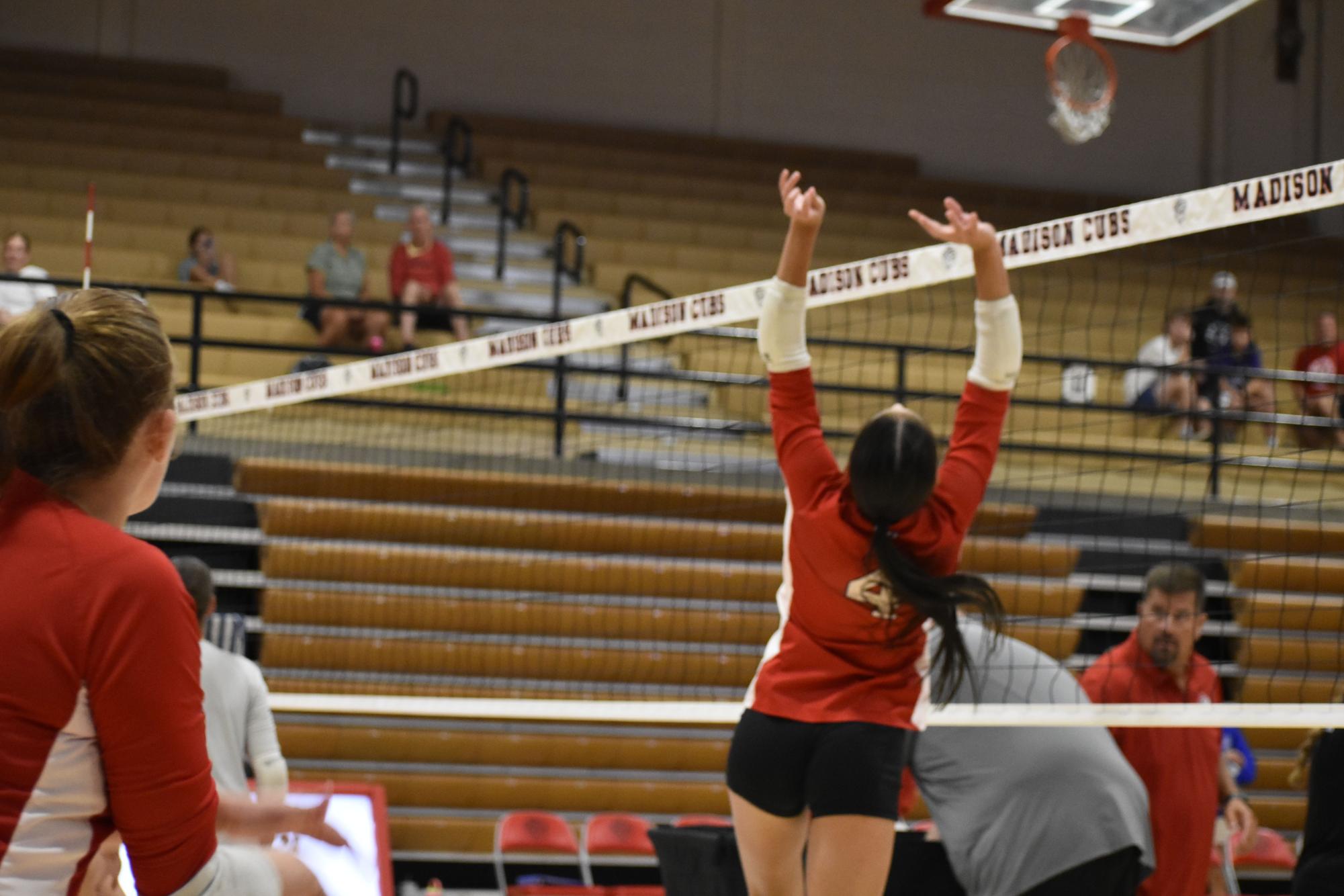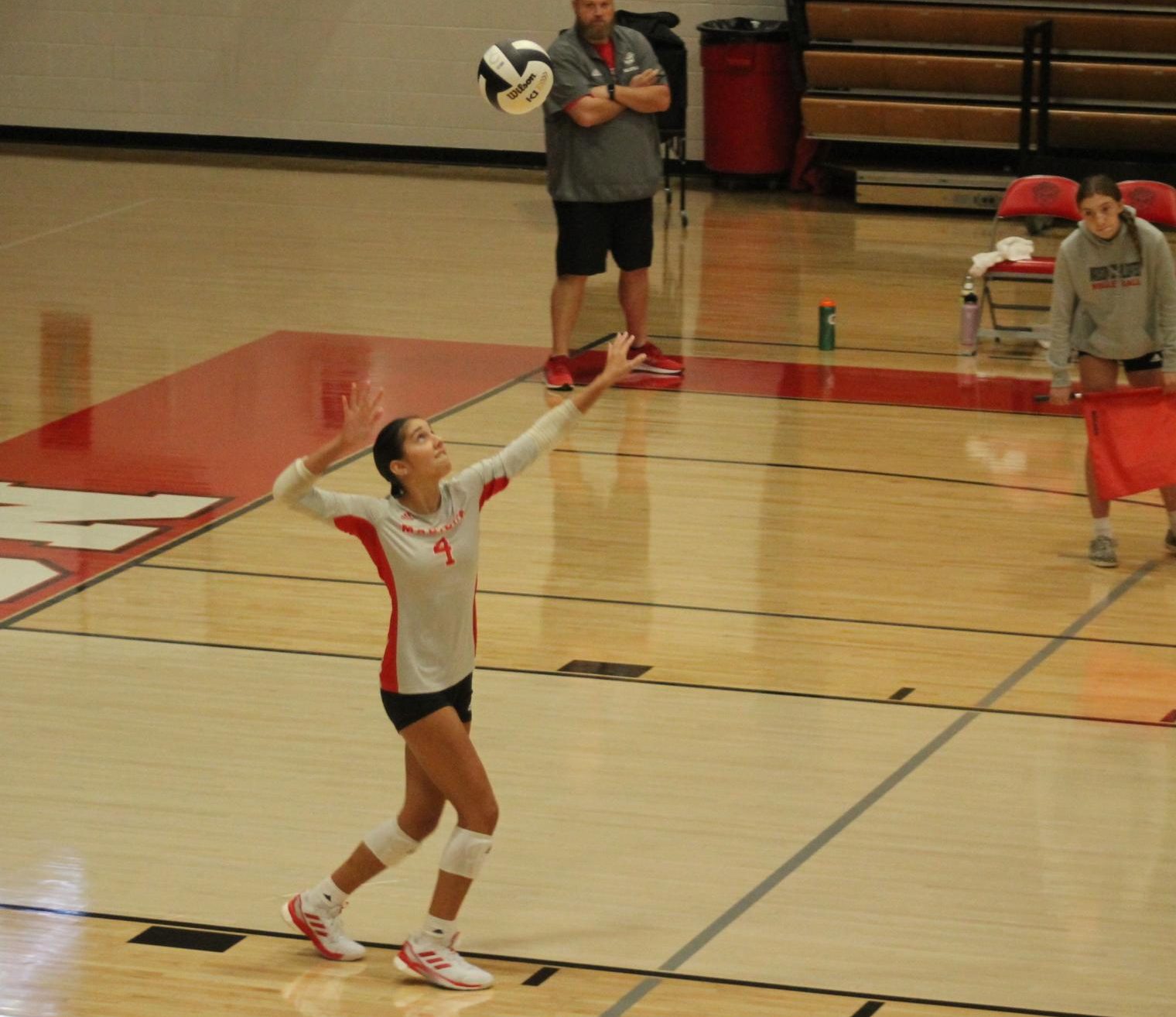Bullying Continues to be a Problem. Here’s What You Can Do.
December 17, 2018
With the holidays upon us hopefully some bullying has subsided in recent weeks, but it is important to stay vigilant for all types of bullying even during the holidays.
Students each and every day wrestle with bullying. Bullying can manifest in many different forms with some of those ways being verbal, physical, and emotional. Bullying can occur at school, but it can also be an issue at home.
“Bullying is a growing problem in our schools and communities. Years ago, if you were being bullied at school, you had the safety of home, but today, bullying tends to follow students home in the form of social media, text messaging, and other electronic forms,” claims Madison, Indiana Ivy Tech Professor of Psychology Tony Schellenberger.

Pacers National Bullying Prevention Center cites, “Of those students who reported being bullied, 13% were made fun of, called names, or insulted, 12% were the subject of rumors, 5% were pushed, shoved, tripped, or spit on, and 5% were excluded from activities on purpose.”
Not all students experience bullying in the same way or to the same extent as others. The severity of bullying depends on the victim and the suspect. Pushing, threatening, fighting, spitting, talking, or even taking items that belong to the victim are all means of bullying.
“Rates of bullying vary across studies (from 9% to 98%). A meta-analysis of 80 studies analyzing bullying involvement rates (for both bullying others and being bullied) for 12-18 year old students reported a mean prevalence rate of 35% for traditional bullying involvement and 15% for cyber bullying involvement,” PNBPC claimed.
How do you identify if someone is being bullied? What do you do to put an end to it? Most of the time when someone is being harassed, their mood changes and their out of school activities reduce because, for those who are being bullied or harassed, it can be intimidating to go to school or go out in public. They fear possibly encountering the person or people who have been hurting or threatening them.
“Some signs to look for in those around you that are common among those being bullied are: unexplained injuries, unexplained loss of personal items, frequent missed days from school, suffering grades, social isolation and possible self harming behaviors or suicidal thought or actions. It really is everyone’s responsibility to say something when they see someone else being bullied. Only by standing up for each other can confront behavior that is harassing and bring awareness to those who would bully that this behavior will not be tolerated in our school and community,” said Schellenberger
Not everyone gets bullied or harassed. Ana Reiff, an exchange student from Brazil expected to get made fun of and was anxious about what people would think of her. Thankfully, something totally different happened.
“Before I got here I knew that it would be really hard not only because of the language difference, but for what people might think or say about me,” said Reiff. “Everyone was super helpful and nice to me.”

Not all students go through the same issues and some may not be getting hurt in any way shape or form, but there is still a loud cry for those who are struggling with their self confidence and social conflict.
“I have been bullied before. I mean it has never really stopped. It has always been a constant thing since I was in sixth grade. People find it funny to make me feel bad. I didn’t really do much to help myself, except to try and ignore them (the people bullying) and to console in my friends. No one reached out to try and help me,” said one anonymous student at Madison Consolidated High school.
One troubling aspect in regards to bullying is that young adults are not being taught how to deal with conflict. Many are unprepared and not always supported by teachers, parents, or even friends. When issues arise, students and adults often try to ignore the issue. They do not know how to deal with emotional anguish. In our society, some young adults and children are taught it is not normal or that it is a sign of weakness to seek a parent or adult for help.
Bullying is a worldwide issue and can happen to people of all ages and genders. People often only attribute bullying to a school setting when bullying is mentioned or that it applies to only children. However, even adults are often recipients of bullying, and school is not the only place it happens.
Schellenberger said, “Something else people don’t often think about is the pervasiveness of adults being bullied. Workplace bullying is something that we see, and without education in the school about how to deal with these issues, we are leaving our young people unprepared for this type of harassment.”
Seeking help or explaining to an adult about an issue is not a sign of weakness but a sign of strength. It displays strength and bravery to confront the problem that arose in front of you and shows you are not ashamed of needing help. Bullying often does not stop when someone ignores the issue. It stops when it is dealt with and handled properly.
Stomp is an organization that helps prevent and educate people on bullying. You can contact Stomp to get help by going to their site: https://www.stompoutbullying.org
